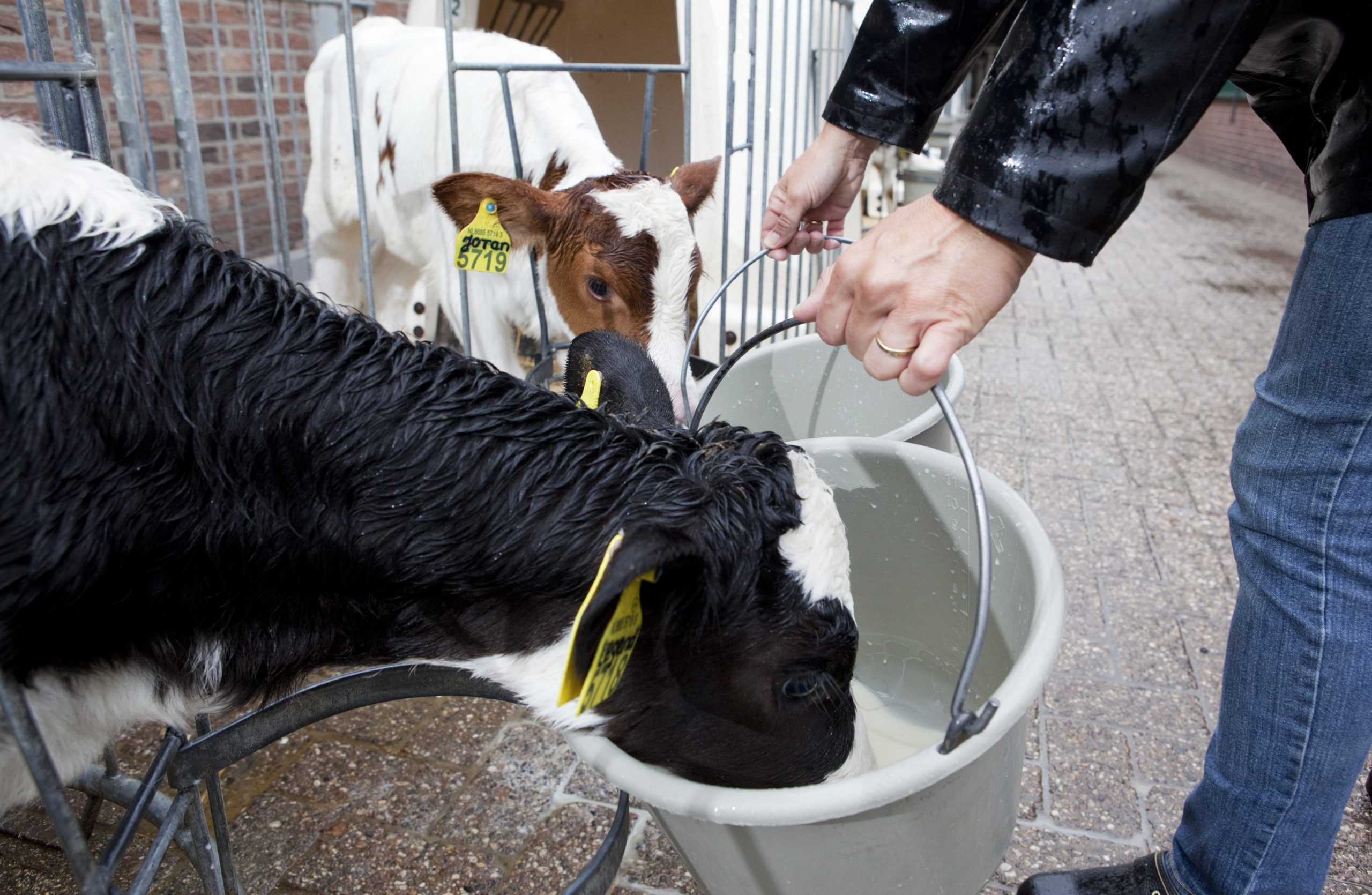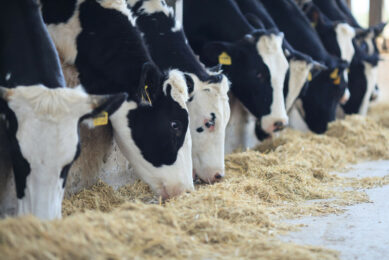Feeding residue milk: A no-go

When a cow is treated with antibiotics, there is a waiting period after treatment before the milk can be sold. I assume this is common knowledge and practice at dairy farms around the world. But what to do with this ‘antibiotic’ residue / waste milk?
In the past, calves were the obvious choice and a good way to still make use of the ‘waste milk’. However, this practice is, and should be considered outdated and above all: not safe!
A recent investigation from EFSA showed that dairy calves that are fed milk from cows treated with antimicrobials have a higher probability of excreting resistant bacteria through their faeces than those who aren’t. This in turn is a threat for human health, as more resistant bacteria means that less antibiotics can be used to treat infections. A few results from the EFSA study: France and Slovenia stated that using milk from treated cows for calves was ‘common practice’ for both male and female calves. Bulgaria stated that no farms use waste milk as feed for calves. Cyprus, Spain, Hungary estimated that milk from treated cows was used for male calves on all farms. In Denmark, Croatia, Italy, Luxembourg, Malta, the Netherlands, Slovakia, and the UK, it was estimated that milk from treated cows was used for both male and female calves on 4–100% of the farms depending on the country.
Feeding antibiotic milk from the calf’s perspective is also not a good idea. Feeding milk from treated cows can result in more resistant bacteria in the calves’ gut. Having healthy female calves is crucial, as they are the future capital of the farm. These youngsters should be given the best milk, housing and attention as possible. They are simply too good for residue or waste milk and this will return in less veterinary costs in the long run, more robust animals, and better milk performance (already from lactation one). Sometimes, the residue milk is therefore not given to the female calves, but the bull calves instead as these are sold anyway for fattening. But also this practice is increasing the formation of resistant bacteria in the whole production chain.
Luckily, most farmers understand that this is a no-go area and are therefore using milk replacers all the time, which are free of bacteria and are better for the gut system of the animals. Feeding clean milk results in less veterinary costs in the long run, more robust animals, and better milk performance (already from lactation one).
So hopefully, all dairy farmers around the world are on the same page that feeding residue milk is a no-go. Considering the value of the calves for the financial situation of the farm and the concerns with resistant bacteria formation in human health care, the only right way is to dispatch this residue milk and make sure we use limited amounts of antibiotics in dairy cattle. Only then, we can improve calf health and human health and build a stronger and safer dairy production chain.











